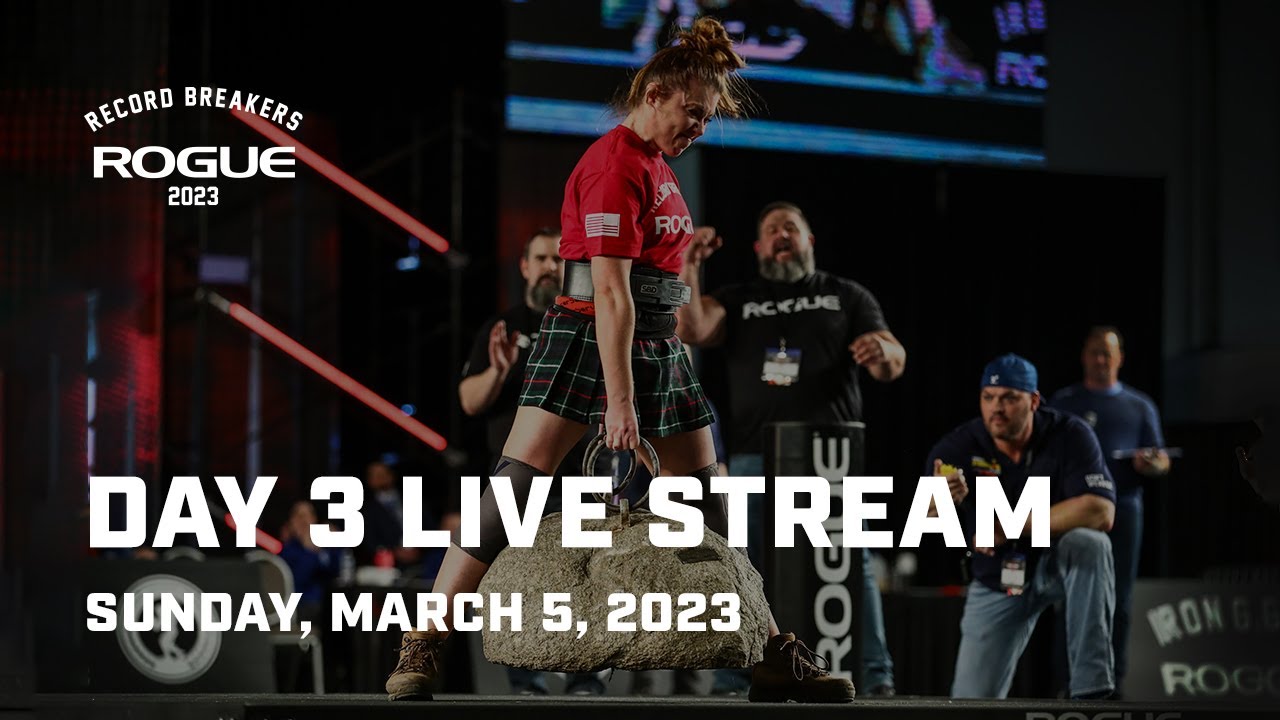Originally Posted At: https://breakingmuscle.com/feed/rss
Nick Walker entered the 2023 Arnold Classic (AC) as a presumed favorite. After finishing in third place at the 2022 Mr. Olympia, some, like four-time Mr. Olympia Jay Cutler (2006-2007, 2009-2010), expected Walker to capture his second AC title in three years. Walker had the physique and the mindset, but it wasn’t enough. Instead, Samson Dauda edged just ahead of the star to win the 2023 AC title. Walker is seemingly already looking forward, as a sequence of reflective Mar. 5-6, 2023, posts on his Instagram suggest.
Despite an apparently improved training regimen, Walker couldn’t channel his preparation into a victory at the AC. However, rather than dwell on what went wrong, the athlete seemed to focus on the positives first and foremost. After all, a loss doesn’t have to sting for long.
For an elite athlete like Walker, it can and probably should be a useful learning experience.
“We came in better [than] the O [the 2022 Mr. Olympia], improved in all areas we wanted to improve upon,” Walker wrote. “I’m really happy with the package we brought, came up a little short, but you know how I do, when I lose, I only come back better.”
Some ensuing posts would see Walker drop random quotes about what’s next and his current mindset. He maintained that he’ll always prioritize his conditioning first and that he’s a “fighter.”
Eventually, Walker came to a point where he was ready to give credit where credit was due. First, to the Arnold Sports Festival (ASF) for, in Walker’s opinion, running the contest without a hitch. Second, in a display of sportsmanship, to Dauda: for breaking through in bodybuilding’s second-biggest competition.
“I want to give a huge shoutout to the [Arnold Sports Festival] putting on an amazing show!” Walker wrote. “You guys killed it! Awesome production and everything was run smoothly … Huge shoutout to [Samson Dauda] for coming in guns blazing and taking the title win! It was a close battle but it was a well-deserved win! Samson is an awesome guy and I’m incredibly happy for him!
Appropriately, with Walker likely only aiming at big fish moving forward in his professional career, he ended his line of reflections in an expected place. Next in his crosshairs is the 2023 Mr. Olympia. After his recent spate of podium results, he’ll once again be a likely top contender for the biggest title in the sport.
“Time to go back to work! Olympia is only around the corner!”
More Bodybuilding Content:
- Kamal Elgargni Keeps 2023 Masters Olympia In Play During Ambitious Year
- 7-Time Mr. Olympia Phil Heath Looks Jacked in New Training Video
- Eddie Hall Takes Another Step Toward Bodybuilding With an Intense Back Workout
Featured image: @nick_walker39 on Instagram
The post Nick Walker Promises To Return Stronger After 2023 Arnold Classic Runner-Up Finish appeared first on Breaking Muscle.







 For now classes are 6pm and 640pm at 2840 Wildwood st in the Boise Cloggers studio.
Book your class NOW!
click this ==>
For now classes are 6pm and 640pm at 2840 Wildwood st in the Boise Cloggers studio.
Book your class NOW!
click this ==>








